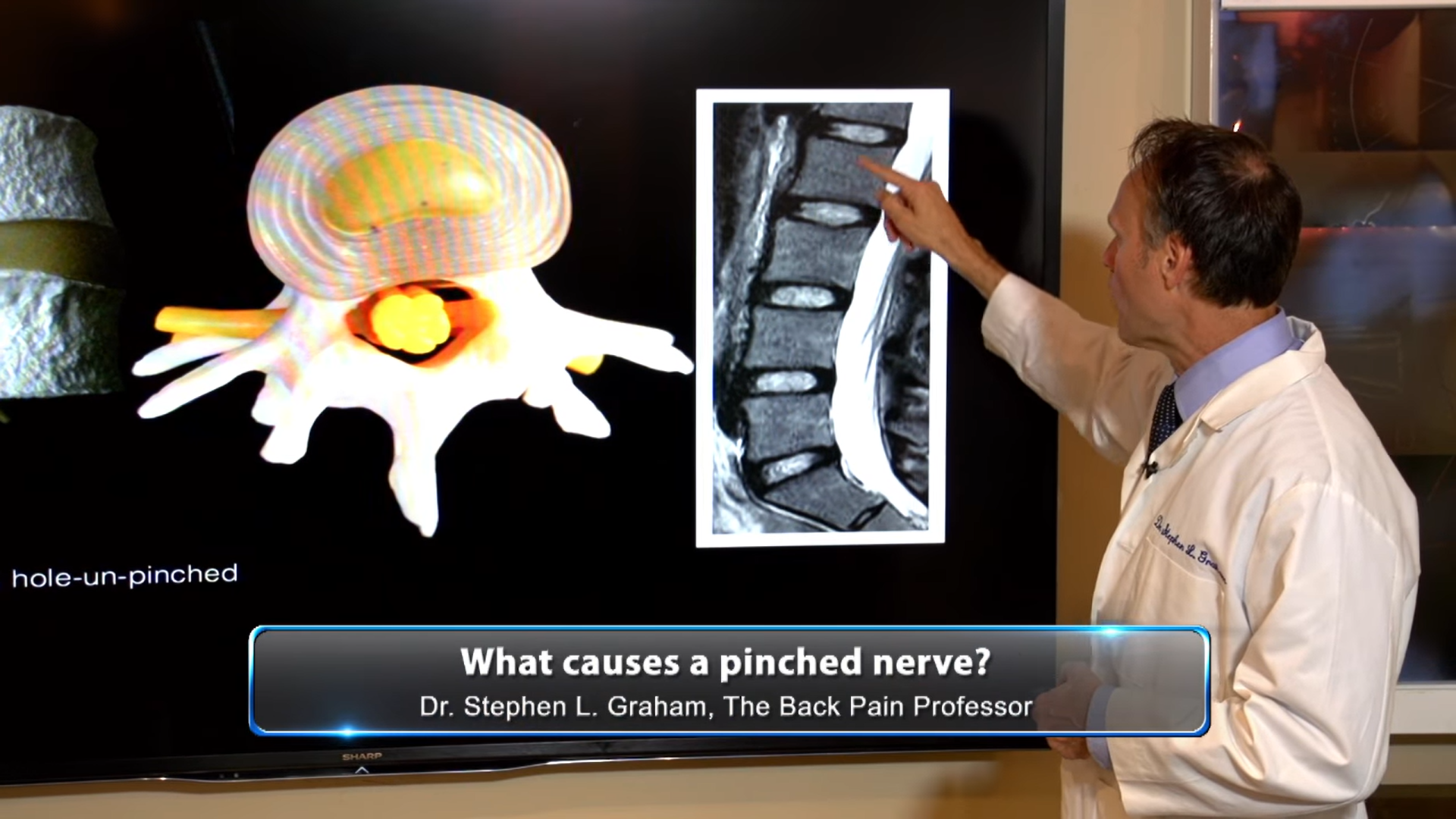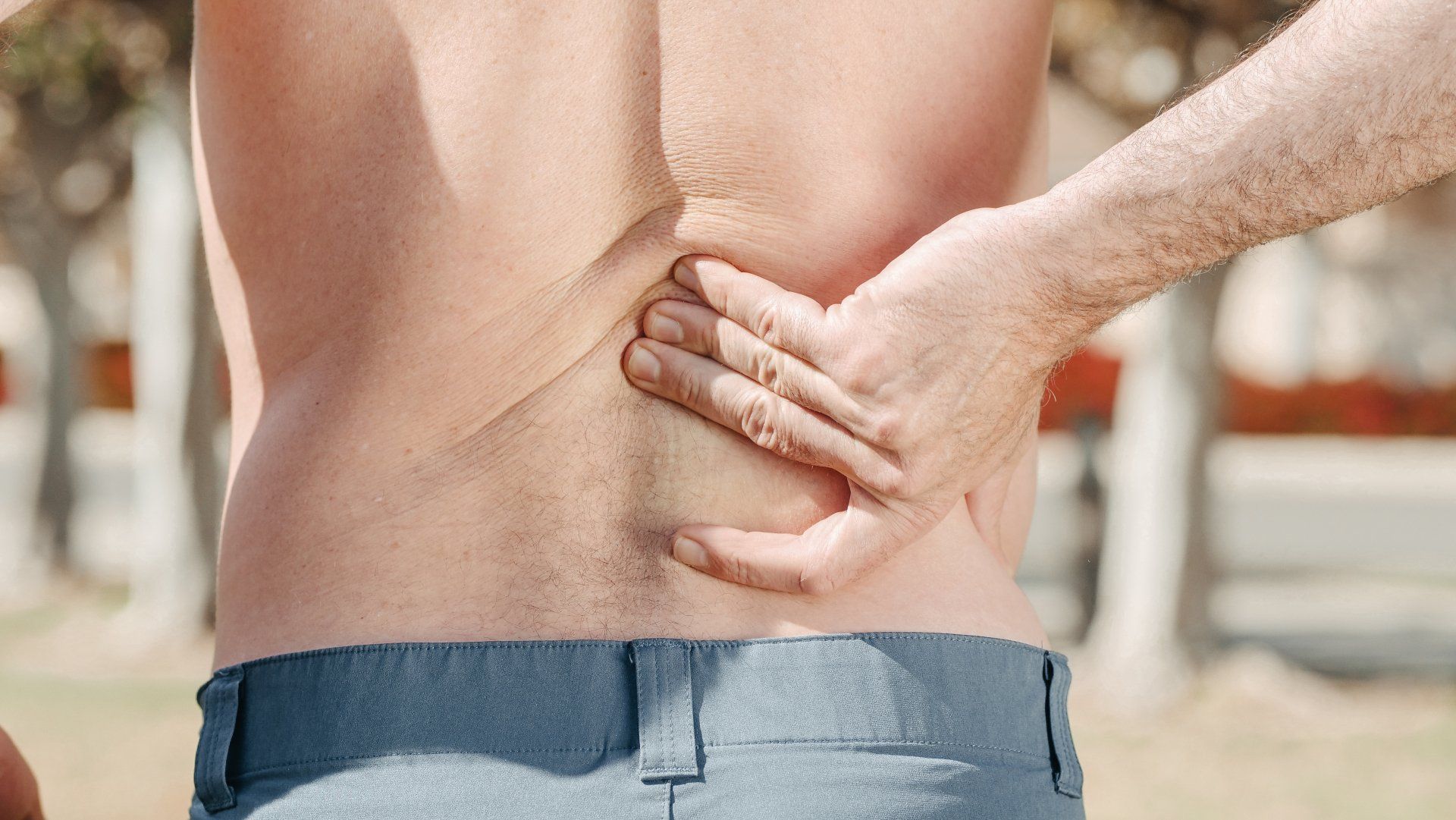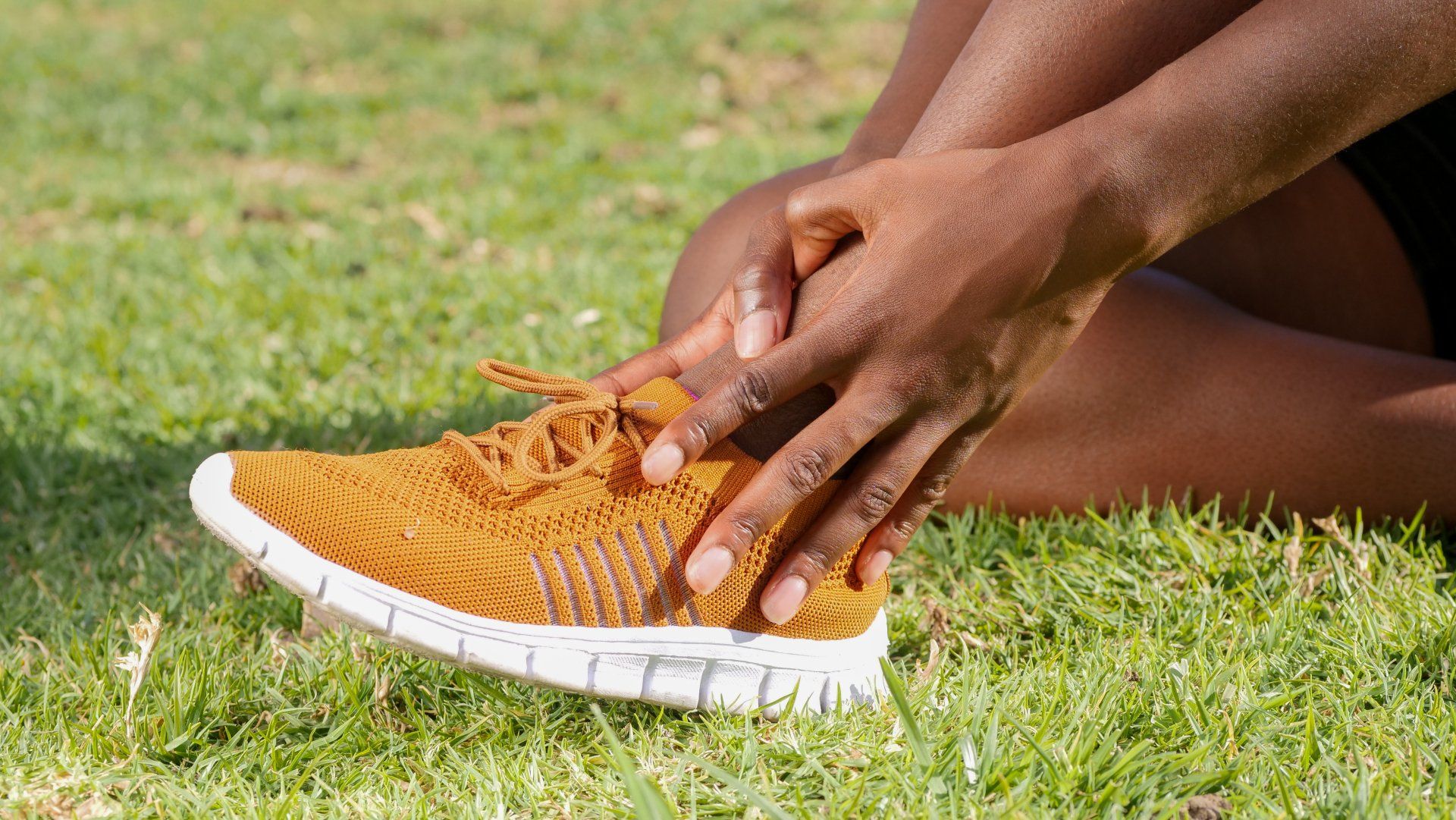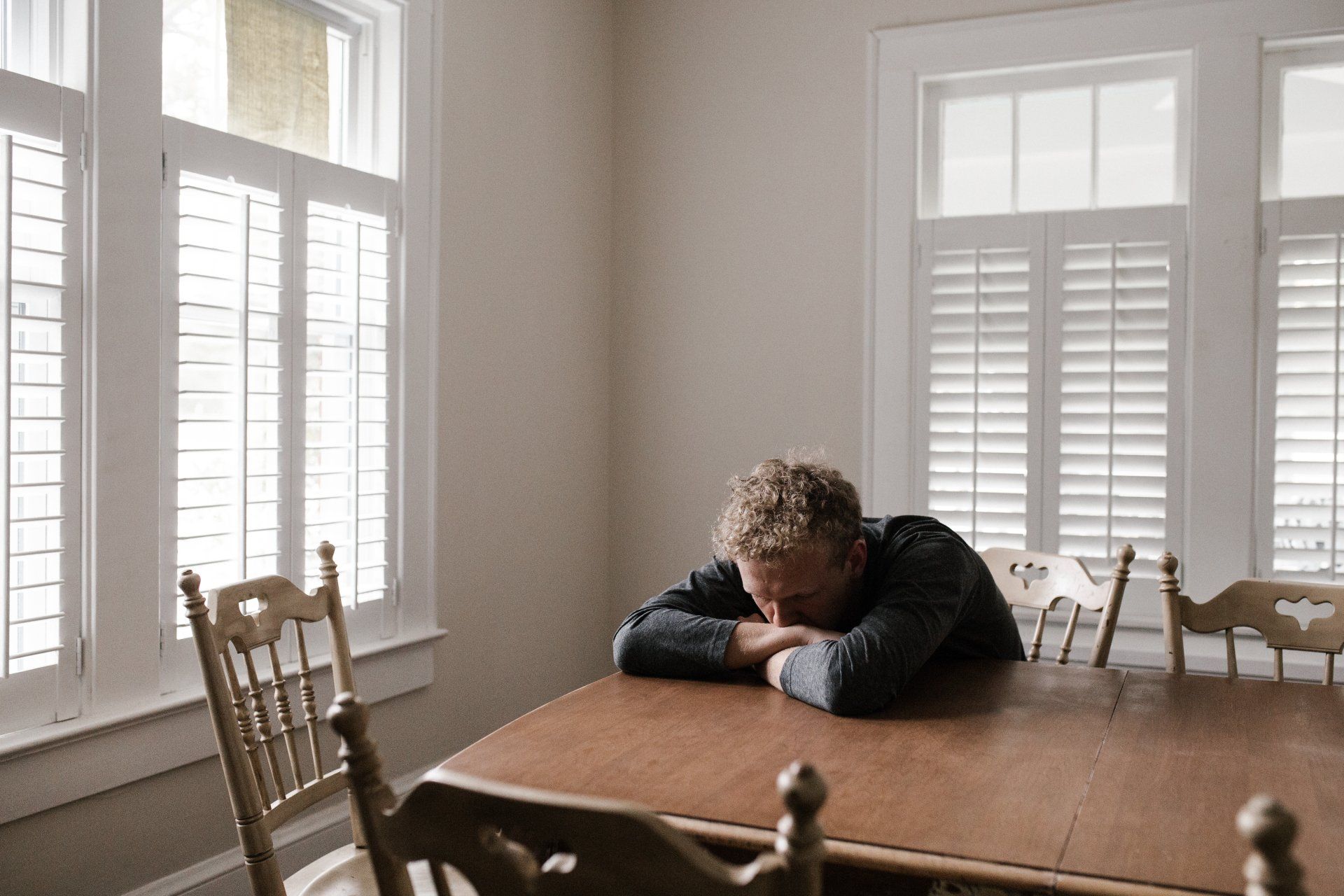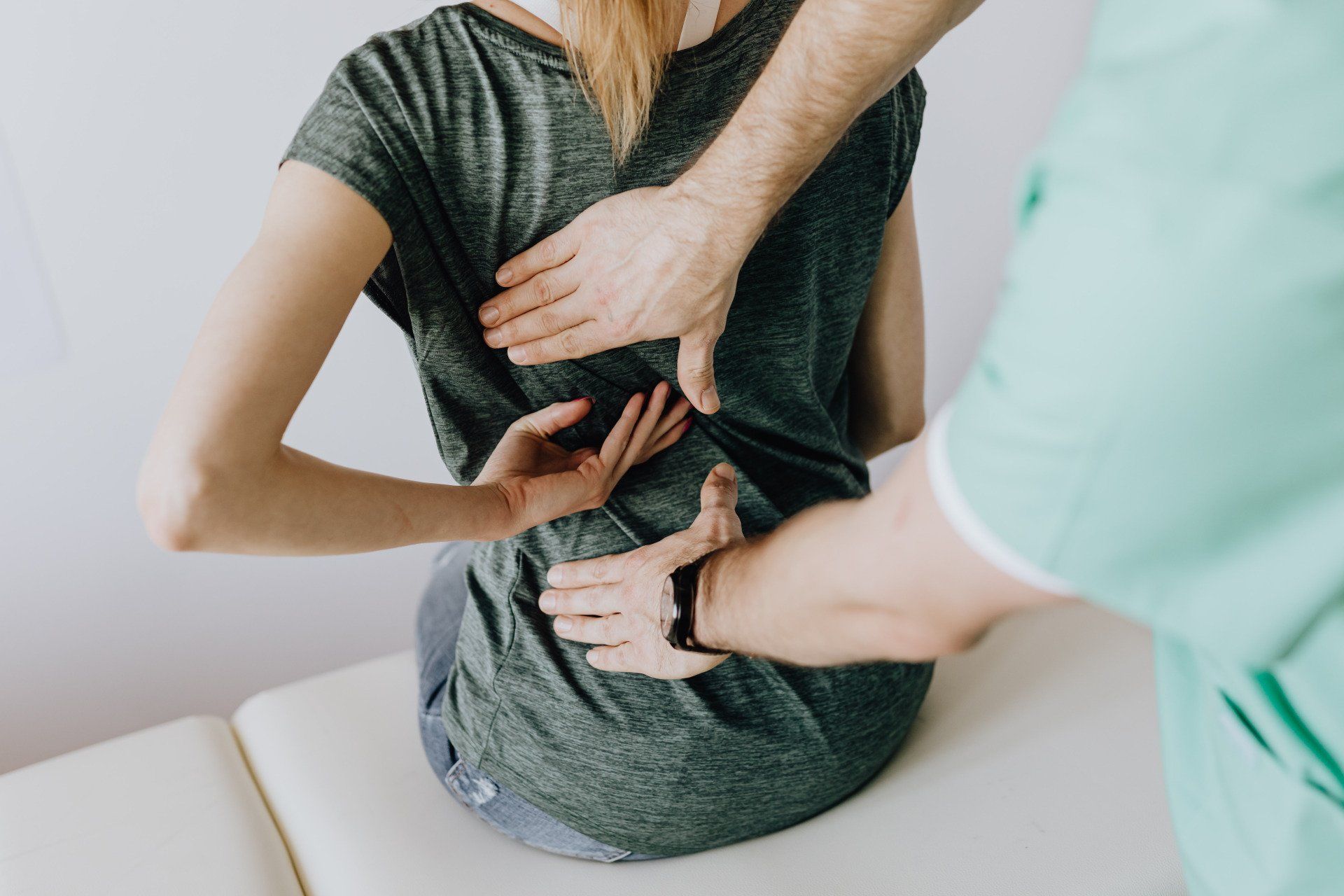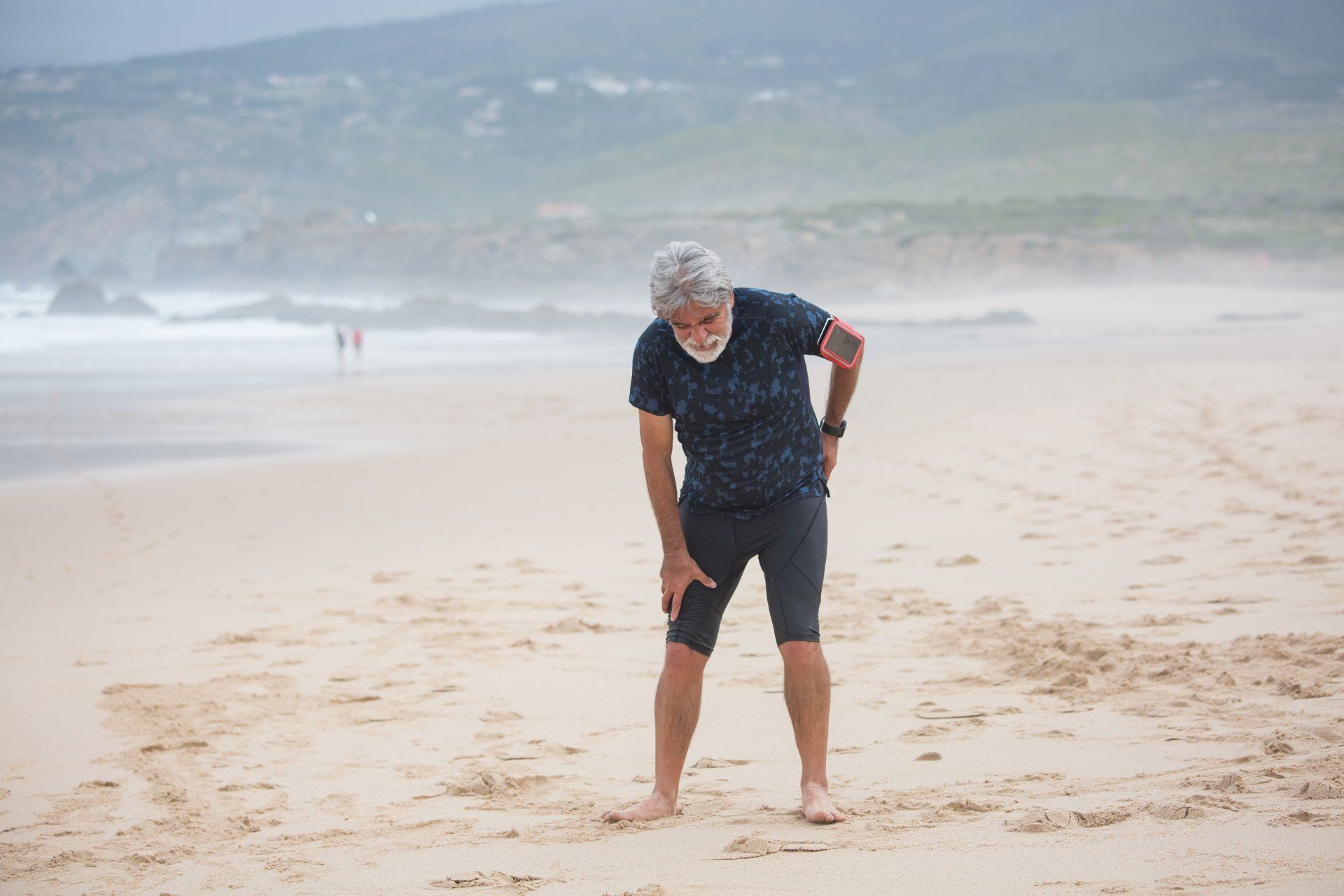Indiana Man Suffered With 2 Years of Back Pain and Numbness Down Left Leg
Dr. Graham, a Louisville chiropractor, corrects two year problem with computerized chiropractic adjustments
WHO:
45 year old male consults Dr. Graham for chiropractic care.
SYMPTOMS:
Pain in the lower back on both sides that has been on and off for the last two years, the last couple months being worse. He also has numbness down the left leg.

Worse with:
- Standing more than one minute.
- Sitting to standing
- Sitting for more than a half hour.
- bending
- laying on his back and stomach
Previous treatment:
Taking 6 Aleve pills per day
He has consulted with his family doctor and chiropractors in the past.
Chiropractic/orthopedic examinations:
- All the sacro-iliac tests were positive
- Two disc tests affected sciatic nerve. See Wikipedia.
- Flexion and extension (forward and backward movements) were very painful
X-Ray studies:
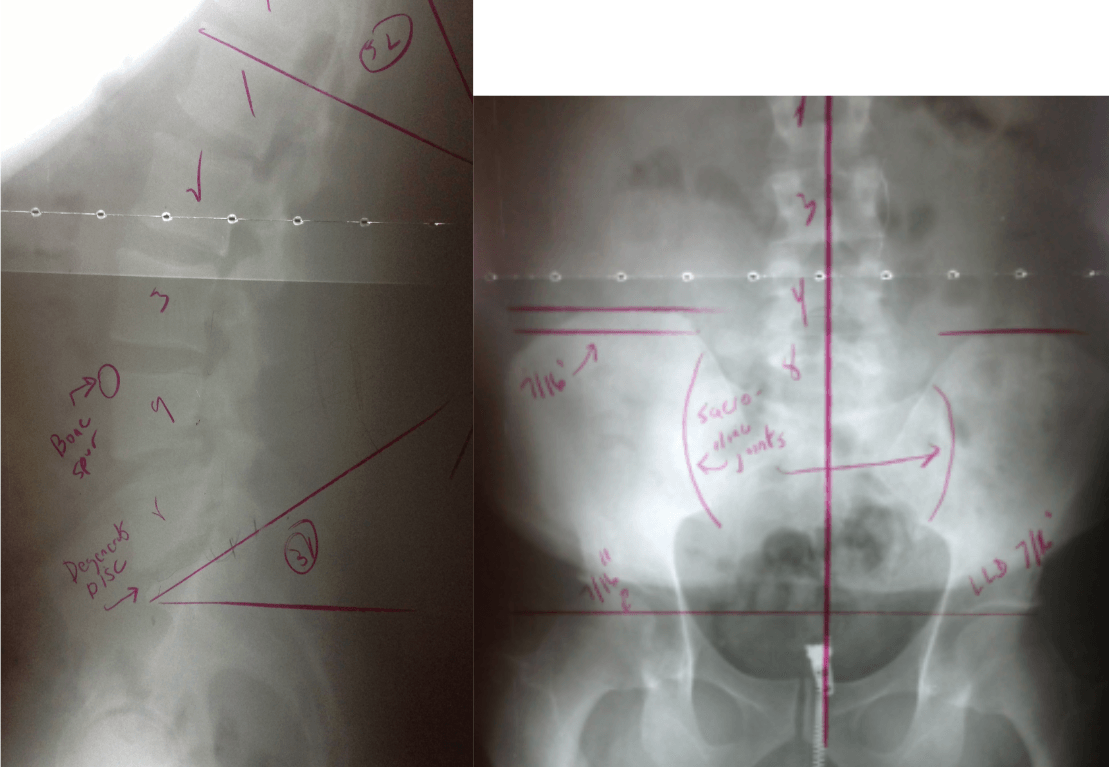
Treatment:
I treated him with computerized chiropractor adjustments. These worked well with him. He liked that better than the manual chiropractic adjustments because it was more comfortable and it worked better than the way he had been adjusted before.
I also advised him that if the pain did not start leaving pretty quickly we may want to consider a heal lift to help offset the difference in hip heights. 7/16″. I don’t like to give those out to routinely because it is lifetime thing.
Outcome:
after 4 weeks we did a re-evaluation and he said he felt 75% better. He could navigate around work most of the day with only having to sit a few times (before it was dozens of times). The next re-exam we did 4 weeks later and he was 95% better. There are days that his back did not hurt at all, even after a long day at work.
We talked about maintaining the spine in order to keep the disc healthy. Once the disc starts to degenerate they need to be taken care in some form or fashion, i.,e. chiropractic care, exercise, yoga, etc., or the disc can bulge out further and leads to a herniation.
Comments:
This was an interesting case because both his lumbar spine (lower back) and his sacroiliac joints (pelvis) were compressed and restricted. This caused the mechanical movement of his pelvis and back to be altered.
This was particularly difficult for him because he worked on his feet most of the day.
After listening to him in the consultation I was thinking it was probably a pelvis problem mainly because standing hurt him so much. However, as we moved along into the examination, I found that the bottom disc in his back was probably bulging and degenerated (we had no MRI to confirm this, but sometimes a simple test can give you the information you need without running a $1,500 test).
I worked primarily on both sacroiliac joints ( see x-ray film for location) and L4-L5-S1 which did the job. As a side note, I find that probably as much as 60% of my cases are sacroiliac joint problems rather than lumbar problems. As a whole, I believe pelvis problems are often times mistaken as lumbar problems.
More Graham Chiropractic Blogs
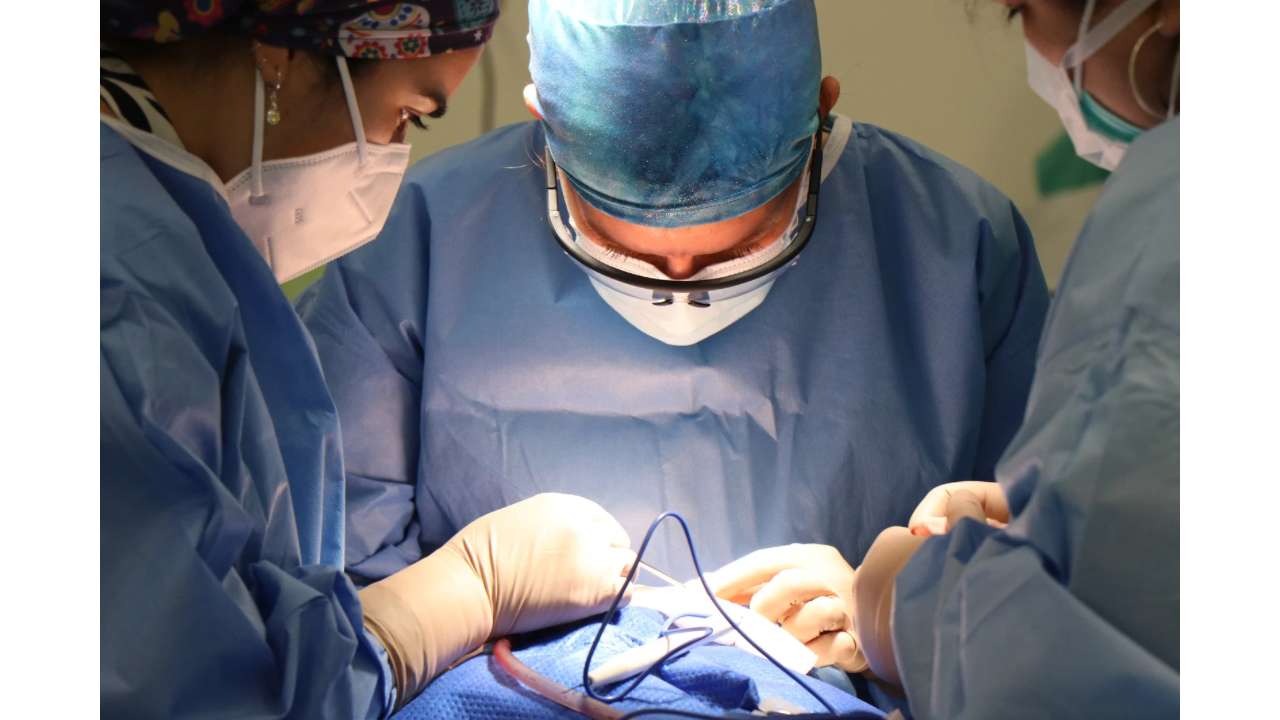


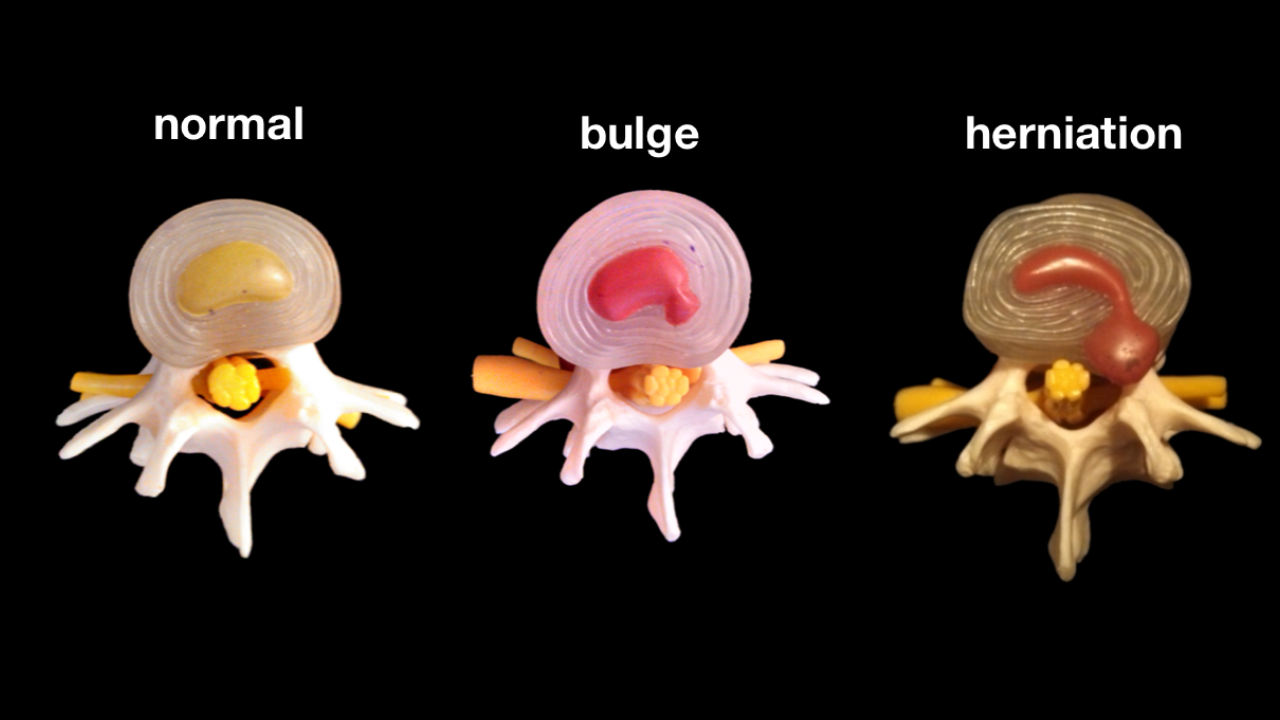
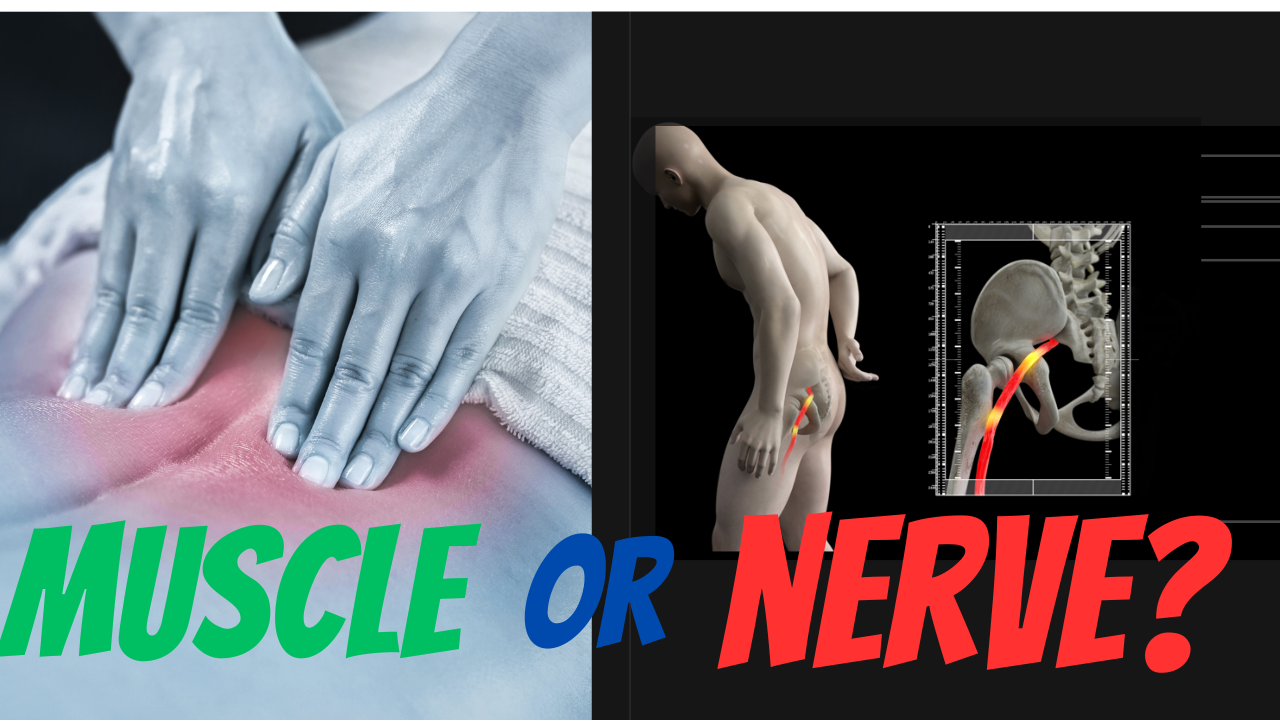
More Graham Chiropractic Case Studies
Useful Links
Office Location
Hours
| Monday | 5:00A - 11:00A |
|---|---|
| Tuesday | 5:00A - 11:00A |
| Wednesday | 5:00A - 11:00A |
| Thursday | 5:00A - 11:00A |
All Rights Reserved | Graham Chiropractic

